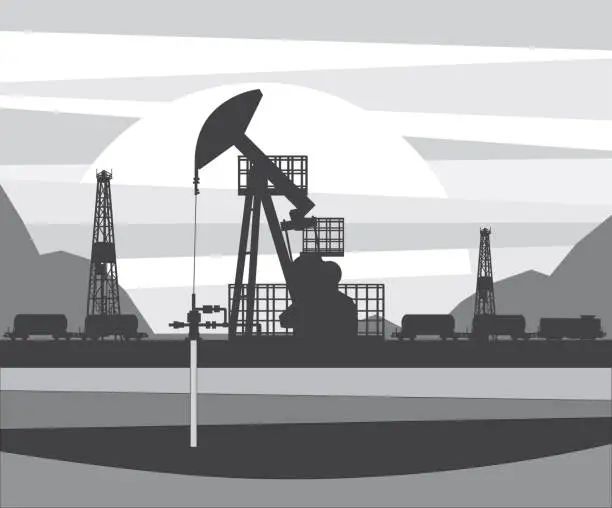In 2024, Brazil plans a significant increase in its natural gas production by 14 million cubic meters daily.
This move aims to boost energy self-sufficiency. Vice President Geraldo Alckmin has confirmed the nearing completion of the Route 3 Gas Pipeline.
This infrastructure is key to moving gas from the Santos Basin to the Rio de Janeiro State Petrochemical Complex.
A high-level meeting set this plan in motion.
Here, leaders like the President of Petrobras discussed strategies for enhancing natural gas supply and developing nitrogenous fertilizer plants.
Currently, Brazil consumes 60 million cubic meters of gas daily but produces only 45 million. This increase will boost Brazil’s production by a substantial margin.
The Energy Research Company (EPE) forecasts a 34% increase in Brazil’s natural gas supply from 2023 to 2032.

This growth stems from new operational projects and an expected rise in gas supplied to the national pipeline network.
These projections, however, exclude certain types of gas production and Liquefied Natural Gas (LNG) terminals not linked to the network.
Leader in energy self-sufficiency in South America
Minister Silveira emphasizes the need for strategic planning and supply enhancement.
Brazil, a major player in the global agricultural market, relies heavily on imported fertilizers.
Nearly 90% of its fertilizers are imported, a dependency highlighted by Minister Fávaro as a risk, especially during global crises.
Reducing this reliance will stabilize food prices and supply.
This initiative is more than just meeting energy needs; it’s about bolstering Brazil’s agricultural sector and overall economic stability.
By boosting gas production and reducing fertilizer imports, Brazil aims for greater self-reliance and competitiveness.
This move sets Brazil apart as a leader in energy self-sufficiency in South America and positions it closer to major gas-producing nations globally.
It also marks a shift toward cleaner energy and more stable agricultural practices, ensuring stability in food supply and prices.

